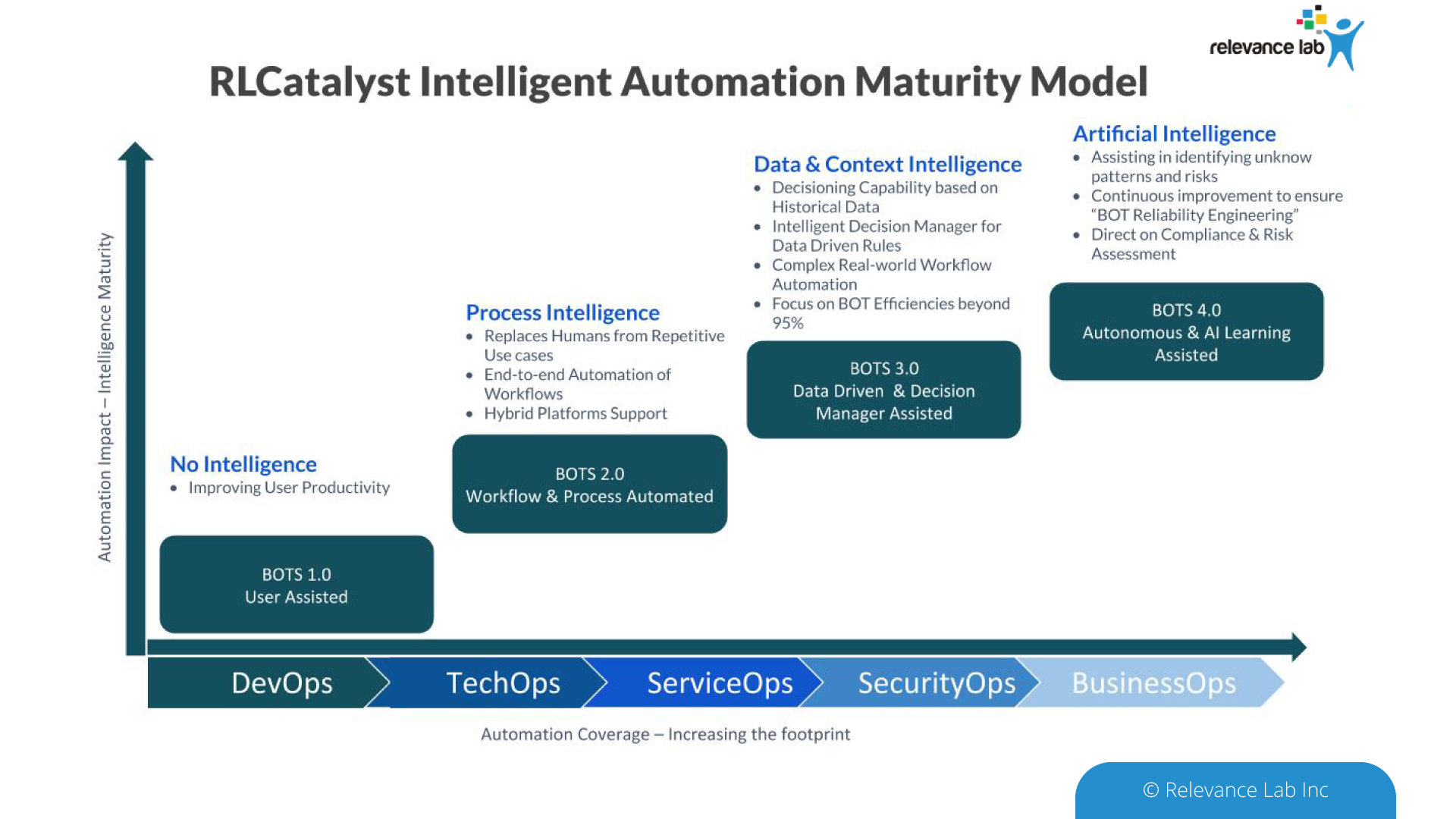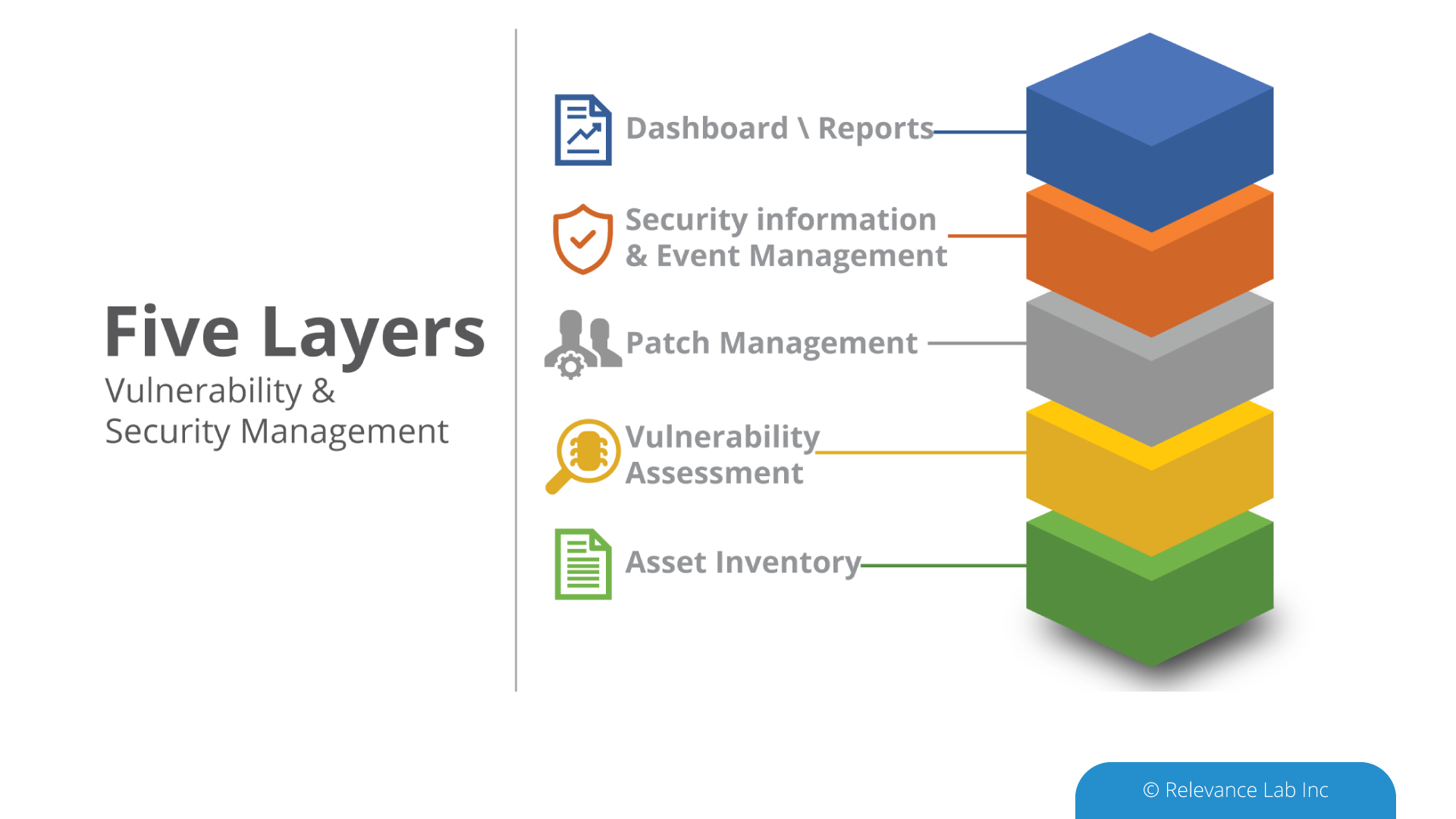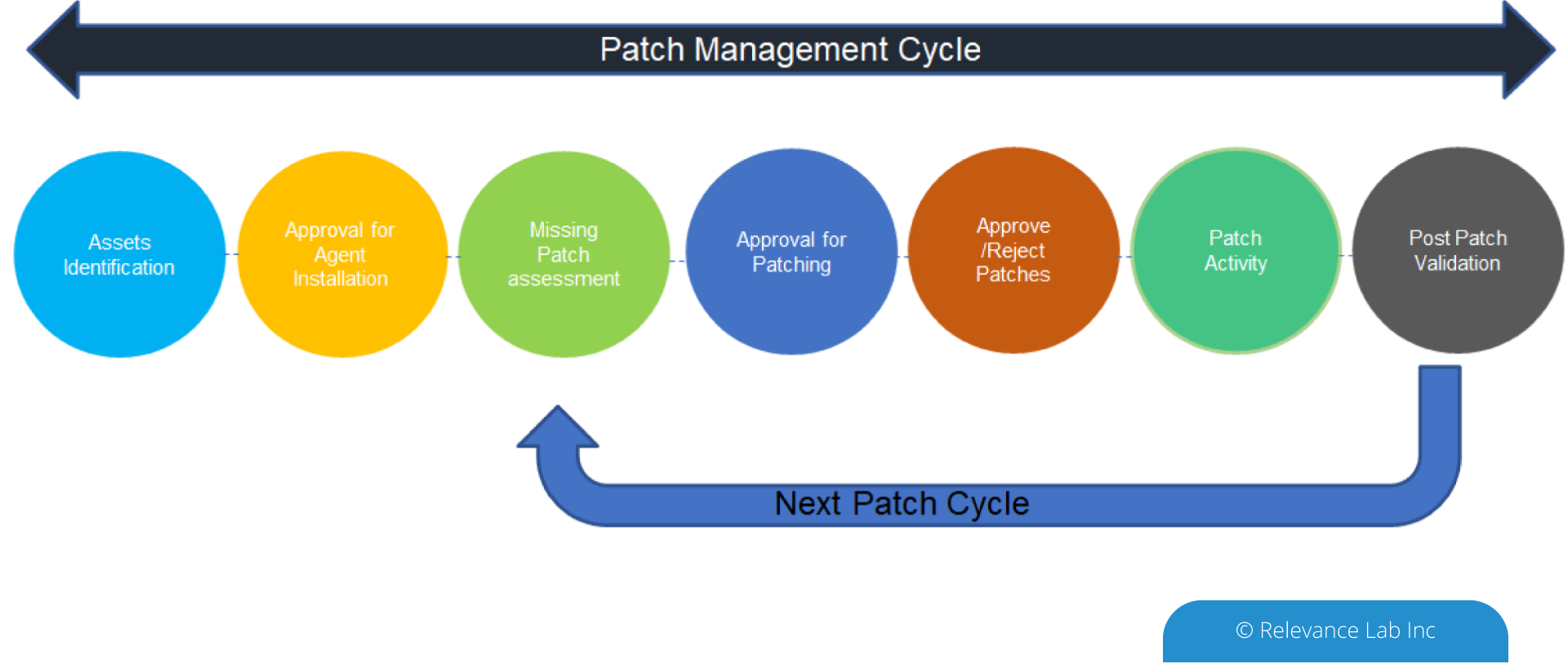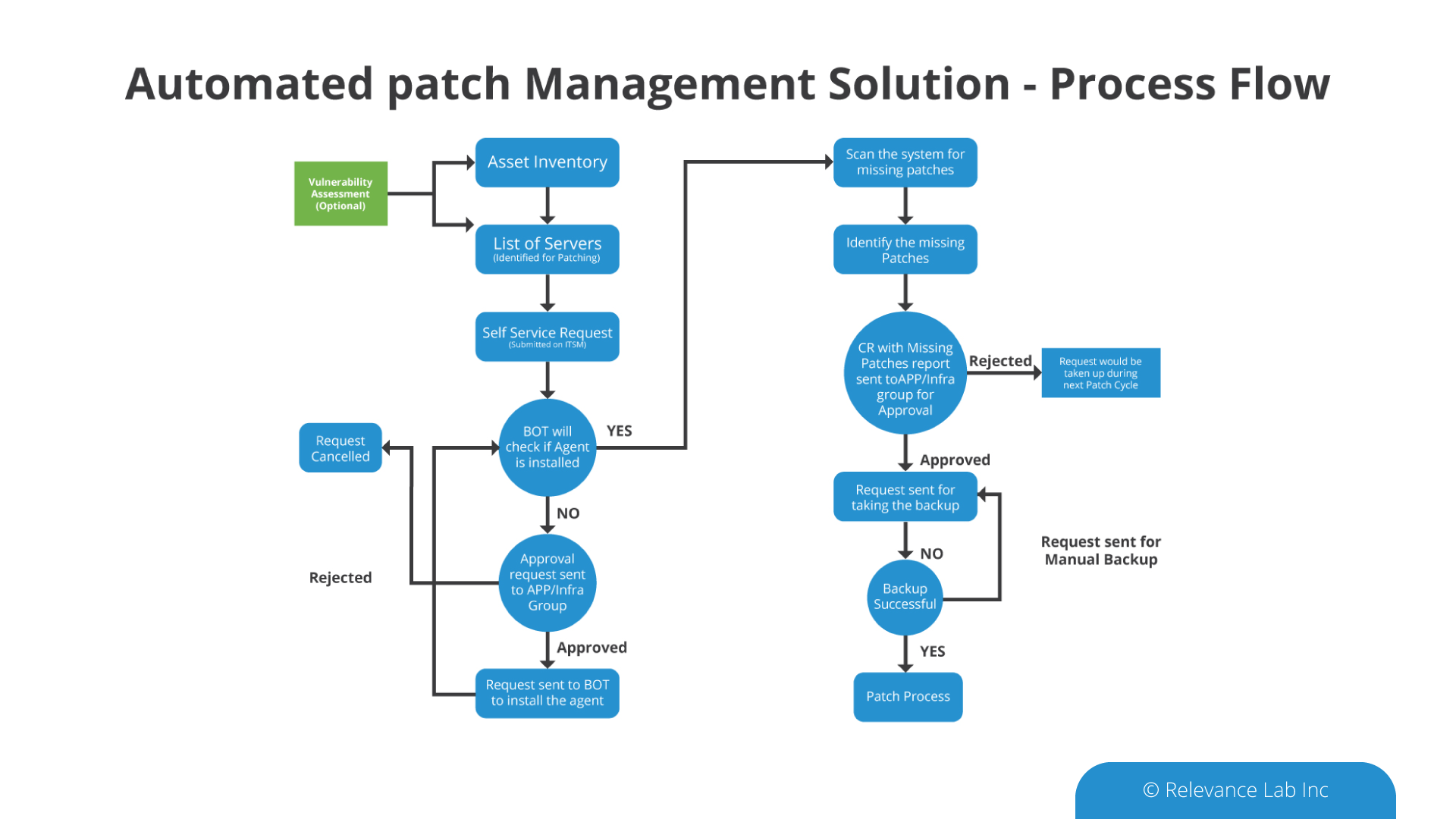Probably the probability of redefining Marketing is (Read as numeric 1. P (Redefining Marketing) =1.) “One”. The paradox is; that it is inevitably certain! It’s high time to re-define Marketing and I have made a humble attempt on it below.
Marketing is as a well-targeted, conversion-oriented, quantifiable, and interactive method of converting a prosumer into a consumer and vice-a-versa and thereby promoting new or existing products or services with the help of innovative technology as an enabler to predict needs, acquire and retain customers. Well easily said, however, it’s a mix of storytelling, data analysis, technology, customer experience design, experimentation’s, systems thinking, and of course brand management, a combination of skill set that may be hard to find.
A marketing scientist should be capable of understanding automation, data and emotions equally well to make it simpler. Well, then will humans really perish as a result of AI, Absolutely no? However, it would definitely force the community, to deviate from their conventional approach and take on a new way of working and life. A fully automated integrated marketing platform should do the following:
- Gather Data
- Plan and Automate
- Increase value
While marketing scientists are capable of working with little or without any data at all with highly intuitive and psychological skills, they gather insights from experimentations like A/B testing to study content and its impact on behaviour. They use these tactics to render content based on dynamic segmentation and obviously, that would be “Segment of One” by all means.
Read Intuitive and Psychological skills as: “The machines may still need a human to do certain things, that it can’t do and therefore the “Future of jobs” may be at the dichotomy of Humanities and Science”. A gap that our educational system may have to rapidly fill in order to avoid urban depressions and suicides. However returning to the marketing scientists which may be the way to go, the scientific Methods used by a Marketing Scientist includes the following:
- Listening
- Framing Hypothesis
- Experimenting and Collecting Data
- Analysis, Inference and Conclusion:
Listen:
Listen which in an otherwise traditional Market Research terminology is stated as “Observe”. Many marketers do not allocate budget for listening, which imperatively means deploying an AI-based system to listen to the existing and prospective customers on their needs across various channels which may include:
Web to map customer journey and tap behaviour which may include Frequency, Recency, Depth (Interest), Time, Source and thereby arrive at a Purchase Intent scoring. Any transactional data on their respective e-commerce engine would allow the recommendation engine to make the next best offer.
- Mobile App / Wallets
- Social Media
- Email
- Chat
- Point of Sale (Includes Physical Store and Electronic Kiosks)
- IVR
- USSD
Thereby, breaking the Data Silos and creating a 360-degree customer view or a true “Omni Channel”, which today only exists in the form of presentations, while there are several tall claims.
Frame hypothesis:
Develop a hypothesis which is deeply embedded in the target audience.
Traditionally companies have been attempting at persona development. However, reinstating an earlier said statement in the current context:
The probability of identifying a persona (P (Persona) =1) is one. Having said, it simply means no two personas are identical. Every customer is different and therefore needs to be engaged differently. A simple approach that today’s recruiters or talent analysts will certainly fail on and hence identifying the kind of marketing scientist that one will require will be one of the biggest challenges of today and tomorrow.
Reason to Buy: That’s your story. The story would change from customer to customer, however, the value you offer may not change.
Measure: Deploy processes to measure both in qualitative and quantitative means.
Experimentation and Data Collection:
Experiment on channels, content, segments, spend, pricing and packaging. This experimentation for a marketing scientist is not just limited to the digital means like A/B testing.
Analysis, Inference and Conclusion:
This could be one of the most interesting aspects of a marketing scientist’s job. A few examples of Analysis and methods are mentioned below:
Attribution Modelling – Optimize ad/channel spends based on the conversion goal paths and by assigning weightages to the sources.
Cohort Analysis – Convert Data into dollars by analysing customer groups across a variety of common attributes and create engagements specific to cohorts
Transaction Analysis – Convert visits into conversions by analysing product sales potential and create engagements specific to product groups.
Product Analysis – Identify the strong and weak products and enable engagement through offers, coupons to the audience at a one to one level
Measure and fine-tune conversion goal paths – by reverse goal path Analysis based on the last URL. Timely interventions by means of engagement to avoid path diversion.
Page Analysis and Heat Maps – Identify the page performance to enable optimization
Measure your content for effectiveness – Perform split test or multivariate analysis to arrive at the right content.
Enabling email automation for conversions – The email marketer can publish and track recipients to the website actions and automate response-based email marketing for effectiveness
Sentiment Analysis – Identify the social sentiment of your brand or events across social media. Identify the key influences and trending
Think in probabilities, that’s one of the fundamentals in order to pursue a career as a marketing scientist. For those of you; who skipped your probability classes, continue learning.
About the Author:
Ajeesh is Senior Marketer who has built high-performance teams to drive revenues for new and re-positioned brands across the B2B / B2C segments. He has a blend of the right and the left brain, creative genius, occasionally crazier and yet adamantly saner than the average person.
An educational evangelist and a brand champion he loves studying competitive landscapes and designing product vision and global market strategies.
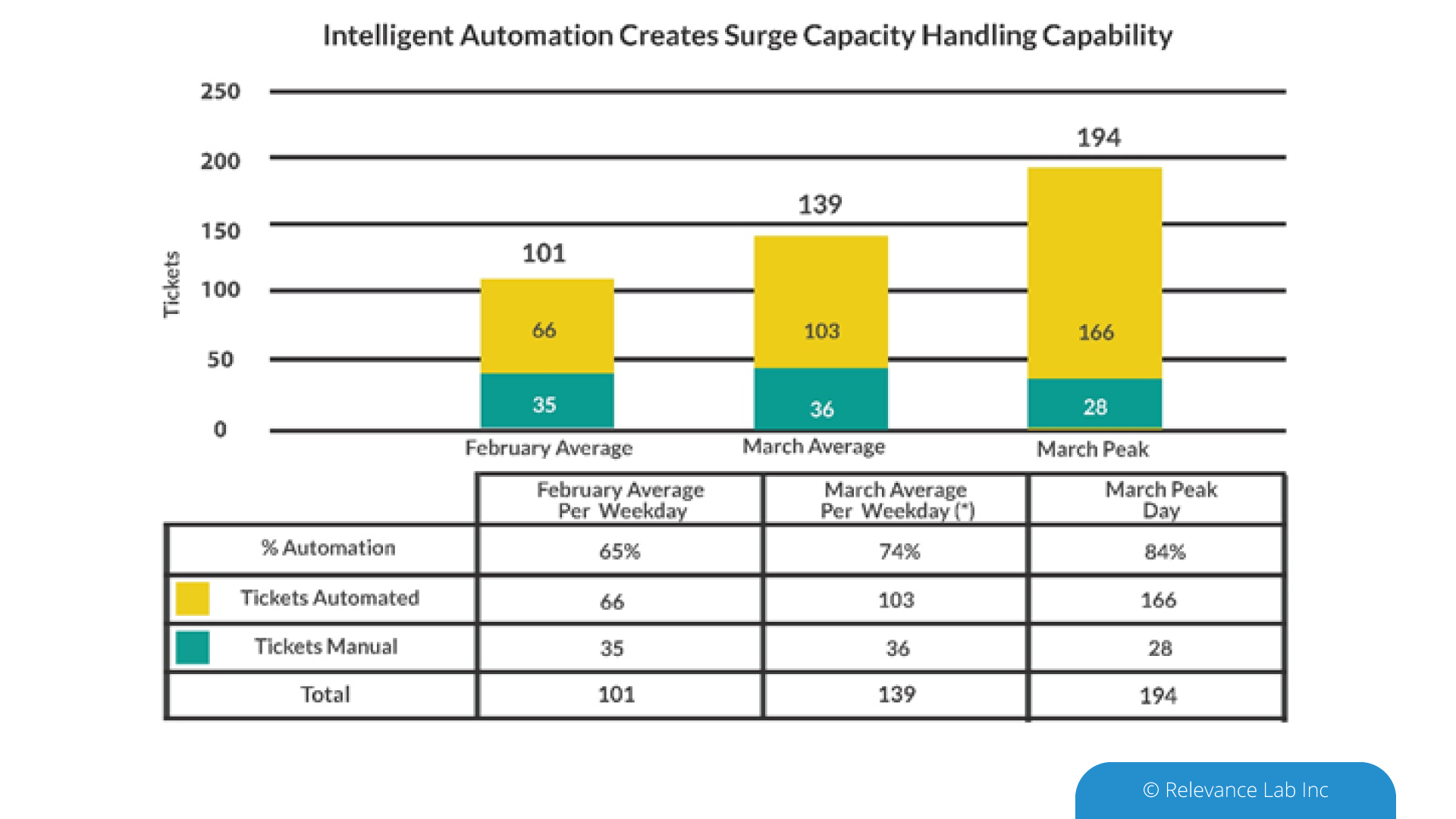 Figure 1: Intelligent Automation Eliminated Service Desk Impact
Figure 1: Intelligent Automation Eliminated Service Desk Impact
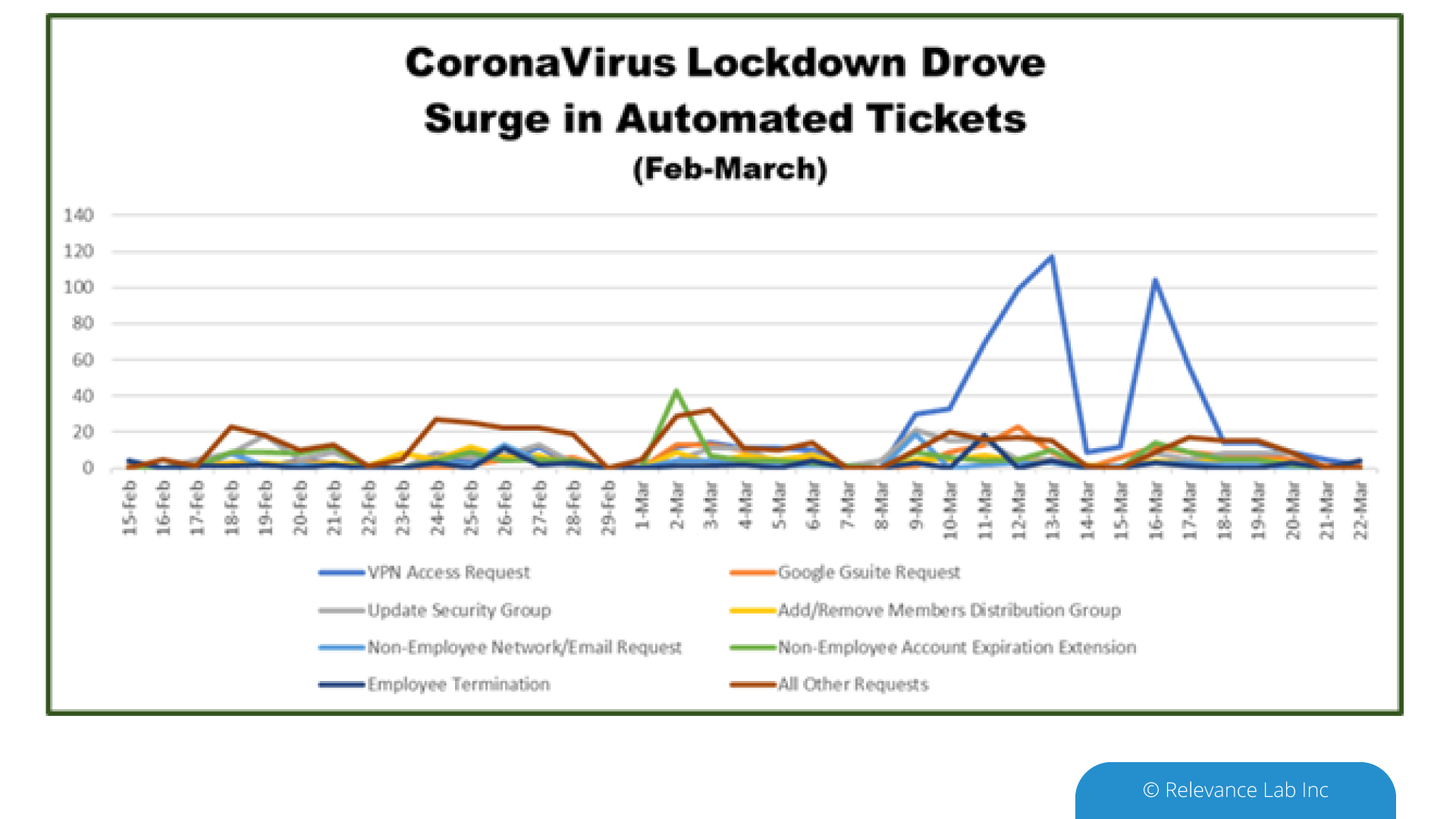 Figure 2: Dramatic Ticket Spike as People Prepared to Work-from-Home
Figure 2: Dramatic Ticket Spike as People Prepared to Work-from-Home

